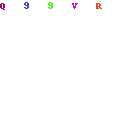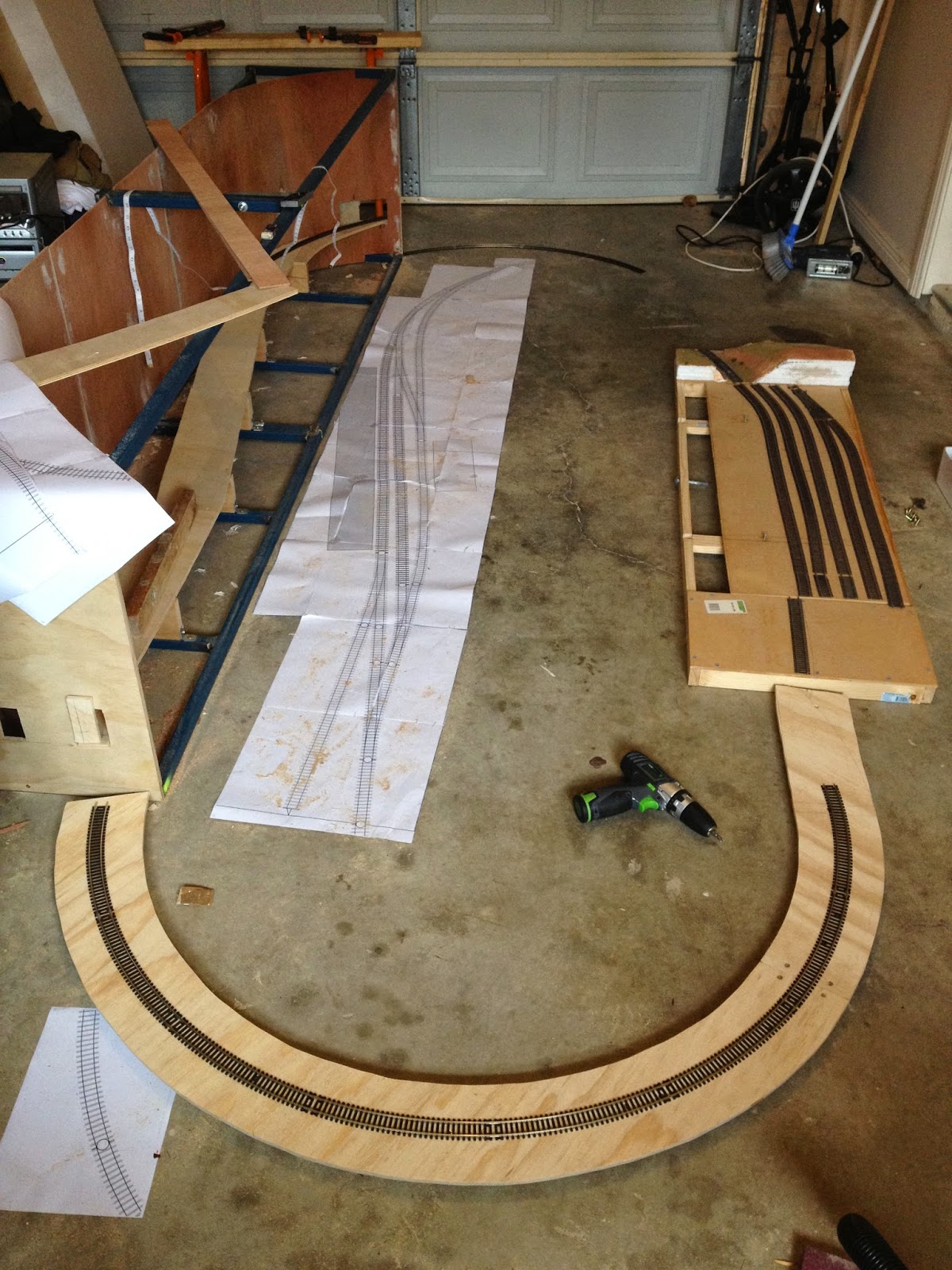I gave it a day and a bit to dry. Today I painted the first coat of the sky blue that will sit behind the photo backdrop.
I'm definitely going to add another coat to get a better all-over consistency, but I'm undecided yet on a third. It will depend on the next part.
I had been doing some research over the internet about how to apply a 'graded' blue sky look on a backdrop. A number of the examples mentioned painting a darker shade of blue at the top, a white layer at the bottom, and blending the two together. I'm not feeling confident on my ability to gently blend the two layers, so I kept looking and came across this website from the US.
The forum post showing the results I was trying to achieve is this one:
I have two pieces of MDF I sprayed blue for backdrops to my old layout before I moved. I dragged one out and had a bit of a practice.
The original board:
After about ten sprays back and forth of a flat white it looked like this:
Not too bad, but at normal viewing distance, it looks like this:
I'm not happy with how the specs turned out on the test piece and I think it would detract from the photo backdrop when overlaid on top.
This needs more thinking over. I'm going to do a little more research this week as well as add the next coat to the modules' backdrop.
I was getting the itch to run trains and tempted this week to pull out the 47, convert it to DCC and set up a test track, but I'm convinced that needs to wait until the construction part is done. It's such an easy hobby to get distracted by! That said, seeing the blue on the backdrop is a visible and pleasing sign of progress.
That's all for now.
Cheers,
Ben












.JPG)
.JPG)




